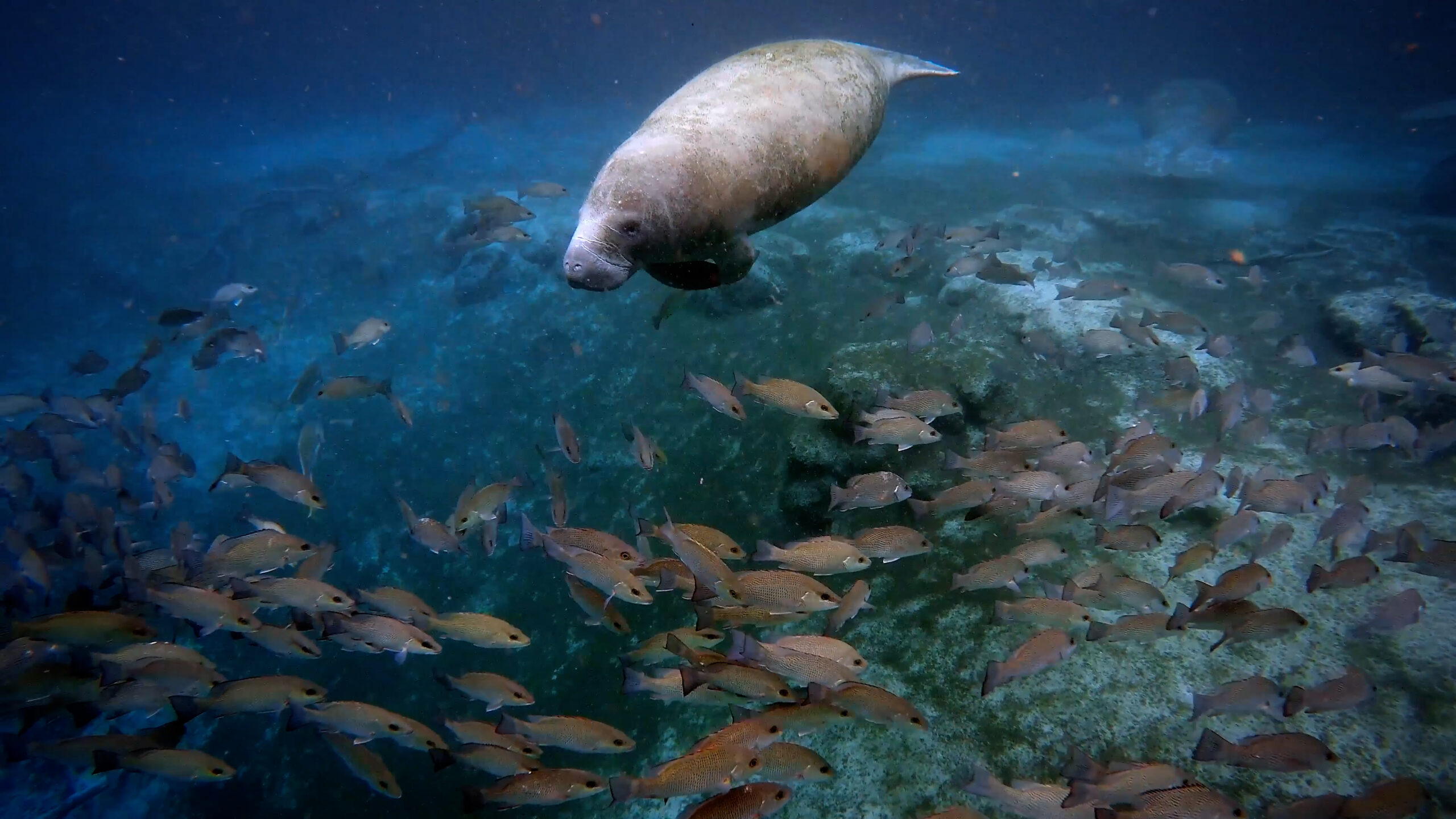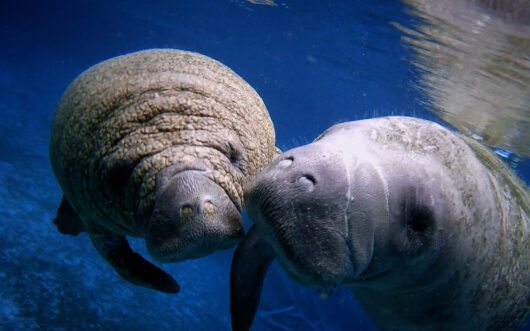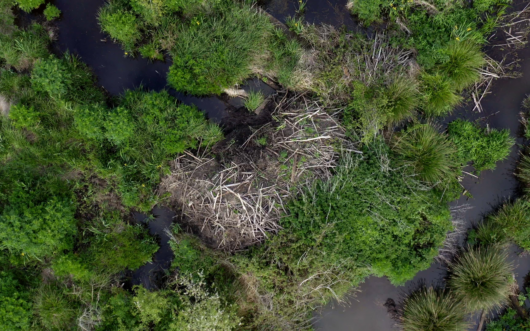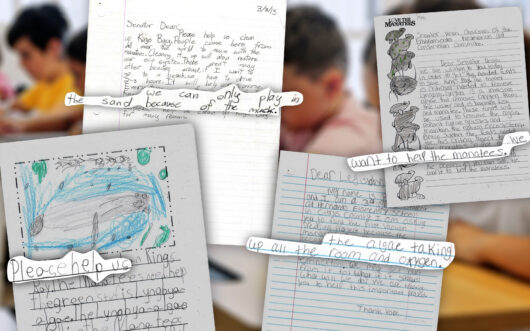Bring manatees, restoration, and community action into your classroom.
In Return of the Manatees, a community-led effort restores vital eelgrass habitat and creates a safe haven for Florida manatees. This educator guide supports classroom discussion, NGSS-aligned learning, and hands-on opportunities for student engagement.
GRADES
9 – 12+
SUBJECTS
Biology, Storytelling, Ecology
Episode Overview
In Return of the Manatees we meet Lisa Moore, community advocate and founder and President of Save Crystal River, a massive restoration project to restore Florida’s Crystal River ecosystem. The film centers on the removal of an invasive aquatic plant and a suffocating aquatic microbe, the restoration of native eelgrasses, and the ultimate restoration and conservation of the Florida manatee. Crystal River has become a model for other communities along the west coast of Florida where the manatee populations are struggling to exist.
Focus Questions
- How can the invasion of an aquatic microbe lead to the starvation of a population of manatees?
- Plants produce oxygen as a byproduct of photosynthesis. How can the presence of an aquatic plant reduce the oxygen concentration in an aquatic ecosystem?
- How do manatees maintain the community structure of their shallow aquatic spring-fed waterways?
Key Concepts
- Threatened and Endangered Species: The International Union for the Conservation of Nature lists more than 44,000 species threatened with extinction. Habitat loss and destruction are the major threats for more than 85% of these species. The Florida manatee is a Federally protected species in the U.S. and is listed as threatened (downgraded from endangered in 2017) by the Endangered Species Act of 1973.
- Biodiversity: Controlling the growth of invasive aquatic plants and algae can help maintain the seagrass populations of Florida’s coastal waters. Keeping seagrass habitat in a more natural state can help mitigate the starvation threats to manatees and provide habitat for other native species.
- Keystone Species: A keystone species is an organism that helps define an entire ecosystem and the community of other species that live there. Manatees function as a keystone species in their coastal habitats by being benthic (aquatic floor) herbivores with huge appetites. By consuming 10% of their body mass in seagrass every day Manatees control the types of species that can live in their habitats. Manatees are also considered keystone species because their presence or absence indicates the overall health of coastal waterways.
- Conservation biology: The practice of conservation biology recognizes the intrinsic value of the Earth’s natural diversity of organisms. Conservation biology works to understand how the natural world operates, how humans affect nature, and how we can use collective scientific and cultural knowledge to conserve Earth’s biological diversity.
Curriculum Connections
NGSS
- HS-LS2 Ecosystems: Interactions, Energy, and Dynamics
- LS2.A: Interdependent Relationships in Ecosystems
- LS2.B: Cycles of Matter and Energy Transfer in Ecosystems
- LS2.C: Ecosystem Dynamics, Functioning, and Resilience
- LS4.D: Biodiversity and Humans
- HS-LS4 Biological Evolution: Unity and Diversity
- LS4.C: Adaptation
- ETS1.B: Developing Possible Solutions
For complete list of curriculum connections including AP & IB standards, refer to full PDF.



